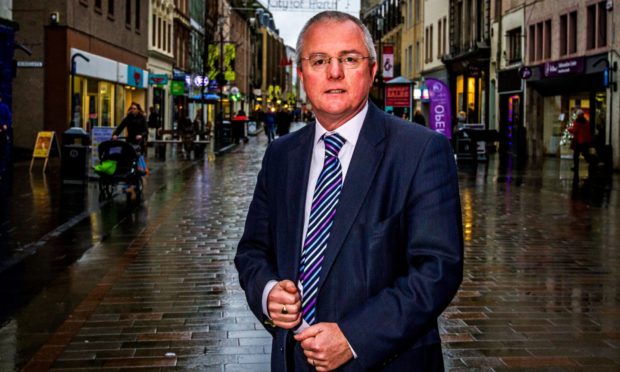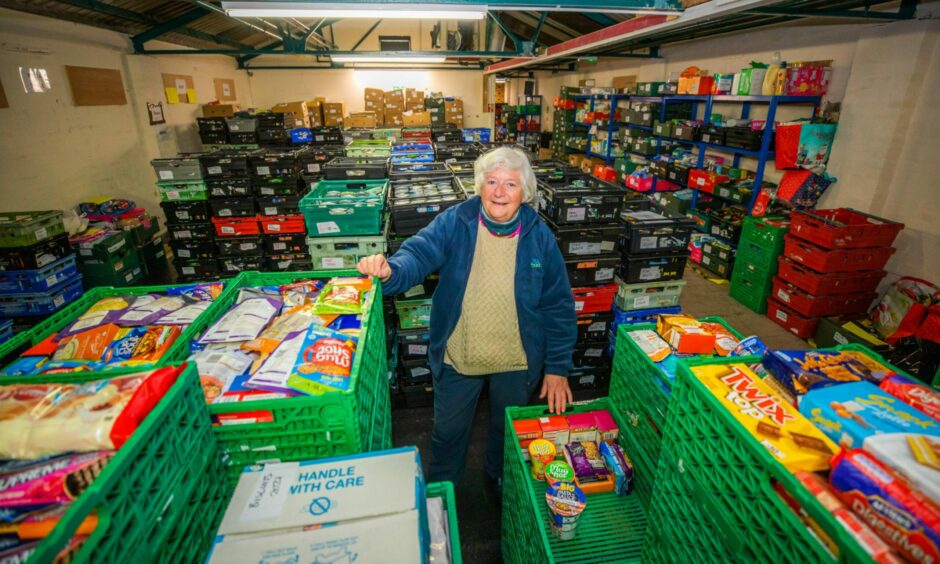The number of Perth and Kinross children living in poverty has increased by hundreds between 2015 and 2020, new figures have revealed.
The Local Child Poverty Action Report highlighted the figure rose by more than 600 children in the years leading up to and including the first year of the pandemic, in what has been dubbed a “disgrace”.
The rise meant that almost a quarter of children in the area (22.6%) were living in poverty, a figure that is believed to have been worsened by challenges such as higher costs of housing and childcare.
The report suggests the full impact of Covid is still unclear despite “many families” experiencing “significant financial stress” as a result.
It comes as we reported a shocking 89% increase in the number of children having received support from Perth Foodbank between June and September this year, compared to the same period in 2020.
‘A national disgrace’
One Perth councillor says the already rising child poverty rate will have been only exacerbated by the pandemic.
Peter Barrett, Perth and Kinross Council’s Lead for Equalities and Community Planning Partnership member, believes it may get even worse.
“(The rise) is a national disgrace which shines a spotlight on exactly where the Scottish Government’s priorities should lie,” he said.
“These statistics don’t take account of the severe impact of Covid and the spike in energy costs, which will only mean even higher numbers of Perth and Kinross children suffering and their life-chances being diminished.”
Perth community football club expects to provide 200 meals to children during October holidays
Co-chair of the Perth and Kinross Community Planning Partnership and Chief Executive of PKAVS, Paul Graham believes this is a worrying trend.
He said: “The Community Planning Partnership is committed to giving every child the best start in life in Perth and Kinross.
“We are therefore collectively concerned about the rise in child poverty locally as well as determined to work together to turn this trend around.
“There are many partnership initiatives already underway to tackle child poverty locally.”
Why was there an increase before Covid?
According to the report, Perth and Kinross’ unique challenges have driven its child poverty rate.
It read: “We do have specific challenges, with the root causes of poverty appearing to be structural and related to local labour markets (low wage economy and incidence of precarious employment); the existence of a poverty premium exacerbated by higher costs of housing, childcare, transport, food and fuel in rural areas and digital exclusion due to poor connectivity, lack of skills or inability to afford data packages or devices.”
But the reasons for the increase may also be due to national events and factors, according to another local councillor.
Councillor Andrew Parrott, who sits on Perth and Kinross Council’s Community Planning Partnership Board, believes those with lower incomes have been hit hardest.
“All I can say is that UK government actions with regard to Economic policy, including Brexit, a reserved area of government and Welfare policy, a largely reserved area of government, have been less than helpful to those on benefits and to those in less secure or lower paid employment,” he said.
“Unfortunately the increasingly negative effects of Brexit on the economy and the introduction of higher national insurance charges for those in lower paid employment by the UK government will all act to make the reduction of levels of child poverty even more challenging.”
‘We need to do things differently’
Welfare assistants have been suggested as one way of tackling poverty in the area.
“We need to design our interventions with local lived experience of poverty to know whether interventions are working and what has the most impact,” Councillor Barrett added.
“We need to do things differently.
“The plan proposed locating welfare assistants in GP surgeries, which I think could be really effective at reaching families in poverty in a stigma free setting.
“But I want assurance that the assistants are located in the right GP surgeries, both rural and urban, where they will have most impact.”

